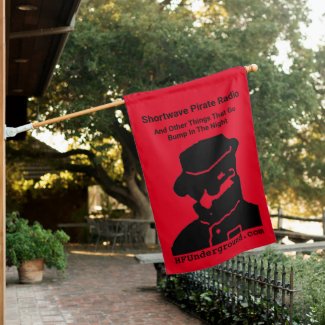Update:
I eventually did not like the modification using a coil wrapped around the ferrite bar. It overloaded the radio far too easy with any decent outdoor antenna unless it wasn't much longer than the external wire antenna the radio came with.
After studying the schematic of this radio much deeper I discovered that the ferrite bar and associated JFET transistor circuit is nothing more than a wideband MW amplified ferrite bar, and by wrapping a few turns around like the modification calls for what happens is that any signal is amplified through that first stage (Q26) which can be overkill and cause front end overloading with good outdoor antennas.
There are four wires on the ferrite bar, two for the wideband antenna coil, and two for a smaller sense coil to add positive feedback from the JFET output. At that last point wire 3 goes to the next radio stages just like the shortwave antenna section does. Tapping into this point allows for larger outdoor antennas without the overload issues and sensitivity is on par with my ATS909 radio so I went ahead and did this modification of my own instead...

That is nothing more than a small 0.1uF capacitor wrapped in electrical tape (triangle looking thing) and tapped between the ferrite bar wire 3 and the unused antenna jacks middle ring. I made sure to bend the wires to be near the PCB ground trace so not to cause any capacitive coupling with unwanted parts of the radio.
Tapping the original MW coil at that point does not have any impact on SW reception or FM, or the internal ferrite antenna when ext. ant. disconnected. It is independent of it once the later stages mix the SW and MW/LW antenna inputs together. It is best to only use a TRS "stereo" jack now though to leave the MW middle ring unused if listening to SW.
This allows for much stronger local stations before the radio can overload, and now connected to my 100' outdoor inverted L antenna the performance is identical to my unmodified ATS909/DX398 radio when both radios RF gains are set to high.
Now the radio can be used with external amplified antennas without overload too, and the reception is more evened out across the LW and MW range this way rather than the looped wire modification found online.
PS: I left my original coiled wire modification unsoldered in the radio just in case I ever want to go back to using that instead.
Hope this helps future experimenters







